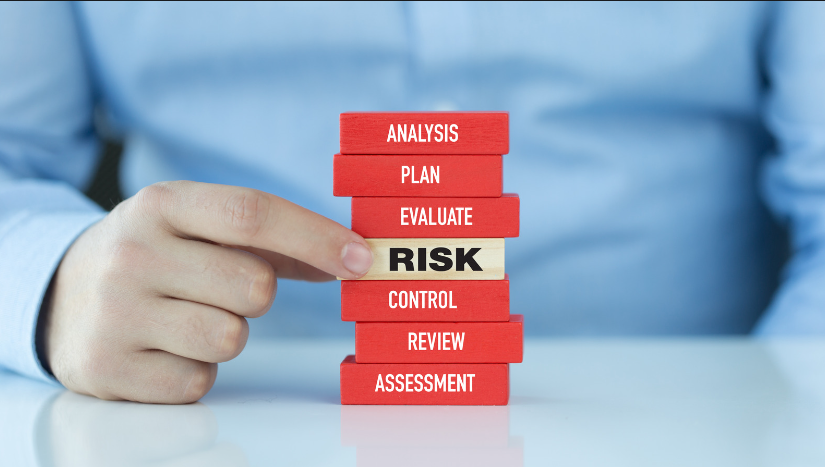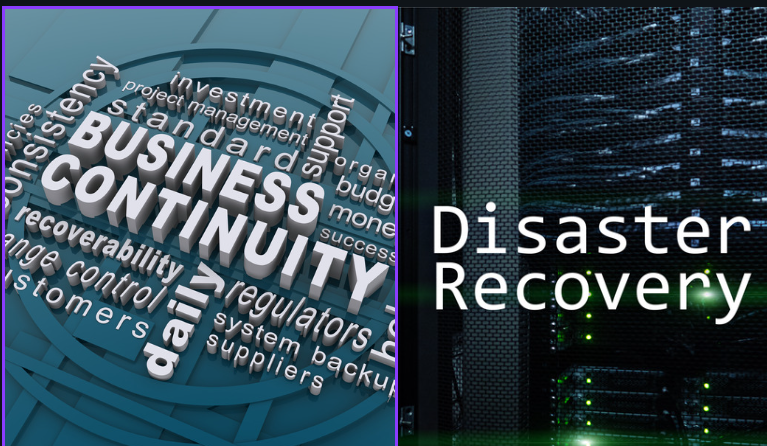In today’s digitally connected world, cybersecurity has become a critical issue for both individuals and organizations. Despite the increasing awareness about cyber threats, many continue to fall victim to attacks. This highlights the need to enhance cybersecurity education and awareness. Making cybersecurity education more effective requires a strategic approach that engages learners, provides practical knowledge, and adapts to evolving threats.
Why is Cybersecurity Awareness Important?
In today’s interconnected digital landscape, the importance of cybersecurity awareness cannot be overstated. As organizations and individuals rely more heavily on digital tools and platforms, the risks associated with cyber threats have grown exponentially. Cybersecurity awareness serves as the first line of defense against these threats, helping individuals and organizations mitigate risks such as data breaches, phishing attacks, and other forms of cybercrime.
- Reducing Human Error
One of the primary reasons cybersecurity awareness is essential is its role in minimizing human error. According to various studies, human error is responsible for a large proportion of cybersecurity incidents. Whether it’s falling for a phishing email, using weak passwords, or failing to update software, individuals often unknowingly create vulnerabilities that cybercriminals exploit. Cybersecurity awareness programs educate employees on best practices, such as recognizing suspicious emails, avoiding public Wi-Fi for sensitive transactions, and using multi-factor authentication. By empowering individuals with knowledge, organizations can significantly reduce the chances of accidental breaches.
- Protecting Sensitive Data
The protection of sensitive data is another critical aspect of cybersecurity awareness. Organizations store vast amounts of confidential information, ranging from customer data to intellectual property. A single breach could lead to devastating financial losses, legal liabilities, and reputational damage. Cybersecurity awareness ensures that employees understand the importance of data security and the steps necessary to protect it, such as encrypting data, securing passwords, and following proper protocols for handling sensitive information.
For individuals, cybersecurity awareness is equally vital for protecting personal data. With the rise of online banking, social media, and e-commerce, personal information like credit card details, passwords, and addresses are constantly at risk. Cybersecurity training teaches individuals how to protect their personal information and avoid common traps like phishing scams, malicious websites, and unsecured networks.
- Building a Security-Conscious Culture
Cybersecurity awareness also helps to foster a security-conscious culture within organizations. When employees are consistently educated about the latest threats and best practices, they become more vigilant and proactive in safeguarding the organization’s digital assets. This collective vigilance is crucial because, even with the most advanced technological defenses, human oversight remains a significant vulnerability.
A security-conscious culture encourages employees to prioritize cybersecurity in their daily tasks. They become more likely to report suspicious activity, follow proper protocols for handling data, and avoid risky behaviors, such as using unauthorized devices or software. Furthermore, fostering a culture of security makes employees feel responsible for the organization’s safety, shifting their mindset from being passive users of technology to active defenders of the company’s digital infrastructure.
- Compliance with Regulations
Many industries are subject to strict regulations concerning data protection and cybersecurity. Failure to comply with these regulations can result in severe financial penalties, legal consequences, and loss of business. Cybersecurity awareness programs ensure that employees are aware of and adhere to the regulatory requirements relevant to their industry. This not only protects the organization from potential fines but also helps maintain trust with clients and customers by demonstrating a commitment to safeguarding their data.
- Mitigating Financial and Reputational Risks
The financial and reputational consequences of a cybersecurity breach can be devastating. Cyberattacks, such as ransomware and data breaches, can cost organizations millions of dollars in direct losses, recovery efforts, and lost revenue. Moreover, the reputational damage from a breach can result in a loss of customer trust, which is difficult to rebuild. Cybersecurity awareness helps organizations avoid these risks by equipping employees with the tools and knowledge needed to prevent incidents from occurring.
Key Strategies to Improve Cybersecurity Education and Awareness
1. Personalized Training Programs
Cybersecurity education cannot be one-size-fits-all. People have different levels of understanding, risk perceptions, and roles that require tailored information. Personalized training programs, like those offered by companies such as NINJIO, help engage learners by addressing their specific needs and vulnerabilities.
- Tailored Content: By providing content that is relevant to the specific challenges faced by individuals or departments, training becomes more effective.
- Behavioral Profiling: Employees can be trained based on their personal susceptibility to threats like phishing attacks.
Table: Benefits of Personalized Cybersecurity Training
| Feature | Benefit |
| Tailored Content | Increases engagement and relevance |
| Behavioral Profiling | Identifies personal vulnerabilities |
| Role-Specific Training | Focuses on department-specific risks |
| Adaptive Learning Paths | Adjusts to individual progress |
2. Interactive and Engaging Content
Traditional training methods, like slide-based presentations, often fail to keep learners engaged. Cybersecurity education should involve interactive, gamified content that keeps people interested and encourages them to learn.
- Gamification: Using games and quizzes helps learners retain information by making the process fun.
- Simulated Attacks: Phishing simulations or role-playing exercises where learners have to identify threats can greatly enhance retention.
3. Regular and Continuous Training
Cybersecurity is not a one-time lesson. Threats evolve, and so should the training. Offering continuous education rather than annual sessions ensures that employees stay updated on the latest threats.
- Microlearning: Short, frequent learning modules that can be accessed anytime are more effective than long annual sessions.
- Real-Time Updates: Training platforms should provide real-time alerts on emerging threats and best practices.
4. Incorporating Real-World Scenarios
Using real-world examples of cyberattacks makes the learning process more relatable and emphasizes the relevance of cybersecurity in daily tasks.
- Case Studies: Reviewing actual incidents helps employees understand the consequences of cyberattacks and the importance of adhering to security policies.
- Guest Contributions: Bringing in cybersecurity experts for workshops or podcasts can provide insights into current cyber threats and best practices.
Table: Advantages of Real-World Scenario Training
| Method | Benefit |
| Case Studies | Real-life applicability |
| Guest Contributions | Expert knowledge and latest trends |
| Simulations | Practical, hands-on experience |
5. Measure and Track Progress
To improve cybersecurity awareness, organizations should assess the effectiveness of training programs through consistent evaluation and tracking.
- Metrics and Feedback: Collecting data on completion rates, quiz scores, and simulations helps assess knowledge retention.
- Customized Reports: Providing reports on individual performance encourages accountability and shows areas for improvement.
6. Fostering a Cybersecurity Culture
Creating a culture of cybersecurity within an organization can transform employees from potential vulnerabilities into the first line of defense.
- Incentivize Best Practices: Offering rewards for identifying phishing attempts or suggesting improvements encourages employees to be more vigilant.
- Leadership Involvement: Leadership should take an active role in promoting cybersecurity. When executives emphasize the importance of cybersecurity, it reinforces its significance across the organization.
7. Use of Artificial Intelligence and Automation
AI-driven platforms can analyze an employee’s online behavior and provide real-time alerts when a potential threat arises. This improves both individual and organizational resilience.
- Phishing Detection: AI can detect phishing emails before they even reach employees’ inboxes, reducing the risk of human error.
- Automated Alerts: Automatic notifications for suspicious behavior help individuals respond to threats promptly.
Table: Benefits of AI in Cybersecurity Awareness
| AI Feature | Impact |
| Phishing Detection | Reduces human error in email filtering |
| Automated Alerts | Quick response to suspicious behavior |
| Behavioral Analysis | Identifies high-risk users |
Challenges in Cybersecurity Awareness Training
Despite the availability of advanced tools and techniques, several challenges remain in improving cybersecurity education.
1. Overcoming Human Resistance
Many individuals may view cybersecurity training as tedious or irrelevant, leading to disengagement. Overcoming this requires creative approaches such as storytelling, gamification, and personal relevance.
2. Adapting to New Threats
The cybersecurity landscape is constantly evolving, making it difficult for training programs to keep up. Continuous updates and learning platforms that provide real-time information are essential for staying ahead.
3. Balancing Security with Convenience
Overemphasizing strict security measures can frustrate employees and lead to poor adherence. Training should strike a balance between securing the organization and maintaining convenience for users.
4. Resource Constraints
Small and medium-sized businesses may lack the resources to implement comprehensive cybersecurity training. To mitigate this, many cybersecurity companies offer affordable or even free training resources.
Conclusion
Making cybersecurity education and awareness more effective requires a multi-faceted approach. By personalizing training, incorporating interactive content, ensuring continuous learning, and fostering a culture of cybersecurity, organizations can strengthen their defenses against ever-evolving threats. With the integration of AI and data-driven tools, companies can further enhance the effectiveness of their training programs, making cybersecurity a shared responsibility for every employee.
FAQs
1. Why is personalized cybersecurity training more effective than traditional methods?
Personalized cybersecurity training caters to the unique needs, vulnerabilities, and learning styles of each employee. This increases engagement and ensures that critical concepts are more likely to be retained.
2. How often should cybersecurity awareness training be conducted?
Cybersecurity training should be continuous rather than annual. Microlearning modules and regular updates help employees stay informed about the latest threats.
3. What role does AI play in cybersecurity education?
AI helps personalize training, detect phishing attacks in real-time, and provide automated alerts on suspicious activities, enhancing overall security.
4. What are the benefits of gamified cybersecurity training?
Gamification increases engagement, making learning fun while improving retention rates. It also allows for practical applications of learned concepts, such as identifying phishing attempts.
5. How can small businesses implement effective cybersecurity training with limited resources?
Small businesses can use affordable or free training resources offered by cybersecurity companies. Partnering with specialized firms like NINJIO can also provide tailored solutions within budget constraints.
Click here, to know more about how to get your organization through the residual risk phase.









